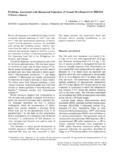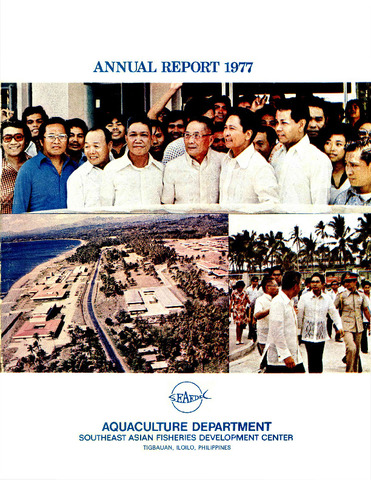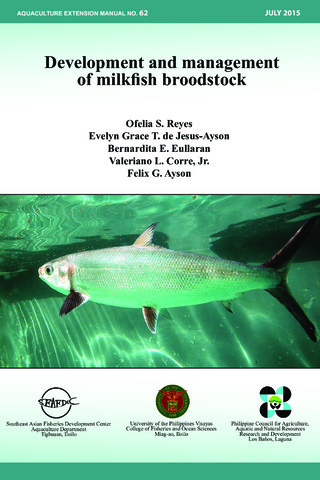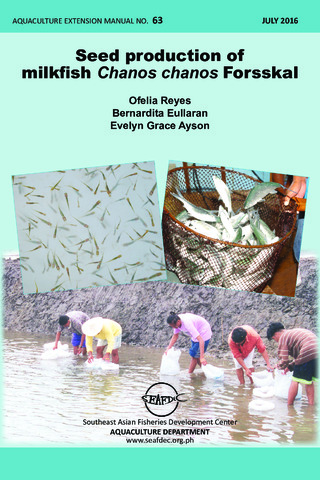Problems associated with hormonal induction of gonad development in milkfish (Chanos chanos)
Share
Abstract
Recent developments in milkfish breeeding include succesful induced spawning of wild1,2 and captive3-5 fish and spontaneous spawning of broodstock.6 Gravid spawners, however, are available only during the wild or are reared in captivity. The seasonal and uncertain supply of wild fry is a major constraint in efforts to increase production of this important food fish in the Philippines, Indonesia, and Taiwan. Gonad devepolment can be induced in some fish by hormone administration. This has been recently reviewed by Lamp7 and other workers.8,9 Induced gonad development using purified salmon gonadotropin have been reported in Salmo gairdneri,10 Oncorhynchus gorbuscha,11,12 and Mugil cephalus.13,14 Hormones are usually administered by injection at frequent intervals in these studies. To reduce stress from frequent handling, a slowrelease hormone cholesterol pellet was with success in Salmo auratus and Ophicephalus striatus.16
Recent literature suggests that vitellogenesis in fish (at least yolk granule or gobule formation) is under control of estrogen and a pituitary factors. Estrogen stimulates the liver to produce vitellogenin, while the incoporation of vitellogenin into oocytes requires a pituitary factor which may not be the glycoprotein (Con A II) gonadotropin.7 In the light of this information and in anticipation of a synergistic role of thyroid hormone ,17 a combination of fish pituitary extract, estrogen and thyroxin was used in some of our experiments.
Our attempts to induce gonad development in sexually immature milkfish and rematuration of regressed fish have not been sucessful to date.
This paper presents the experiments done and discusses factors possibly contributing to the negative resp[onse in this fish.
Suggested Citation
Lacanilao, F., Marte, C. L., & Lam, T. J. (1985). Problems associated with hormonal induction of gonad development in milkfish (Chanos chanos). In B. Lofts & W. N. Holmes (Eds.), Current Trends in Comparative Endocrinology. Proceedings of the 9th International Symposium in Comparative Endocrinology, 7-11 December 1981, Hongkong (pp. 1247-1253). Hong Kong: Hong Kong University Press.
Subject
Taxonomic term
Collections
Related items
Showing items related by title, author, creator and subject.
-
Annual report 1977
Southeast Asian Fisheries Development Center, Aquaculture Department (Aquaculture Department, Southeast Asian Fisheries Development Center, 1978) -
Development and management of milkfish broodstock
Reyes, Ofelia S.; de Jesus-Ayson, Evelyn Grace T.; Eullaran, Bernadita E.; Corre Jr., Valeriano L.; Ayson, Felix G. (Aquaculture Department, Southeast Asian Fisheries Development Center, 2015)The manual provides developed and refined techniques for collection and transport of spawned eggs and larvae, as well as larval rearing. It also describes the necessary facilities for maintaining milkfish broodstock. Guidelines ... -
Seed production of milkfish Chanos chanos Forsskal
Reyes, Ofelia; Eullaran, Bernadita; Ayson, Evelyn Grace (Aquaculture Department, Southeast Asian Fisheries Development Center, 2016)A 26-page manual describing the site selection, hatchery design, spawning, larval rearing, natural food production, and economic analysis for milkfish.






